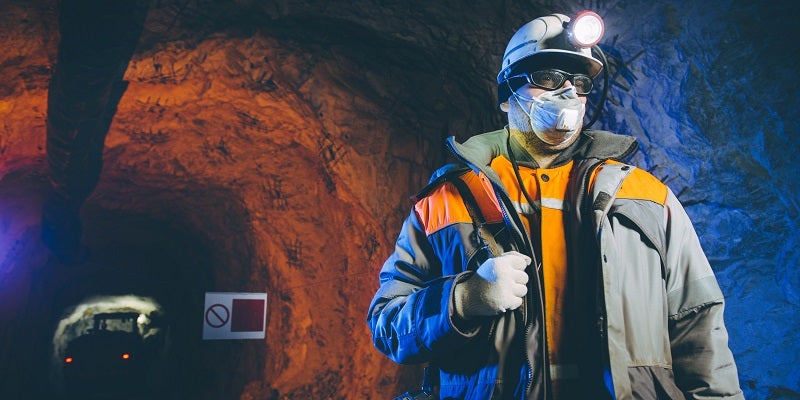
Avoidable mining deaths in Queensland, Australia are attributable to a ‘fatality cycle’, a pattern in the mining sector where there is an increase then decrease in vigilance; increased safety measures are observed for only a short time following worker deaths. This was the conclusion of a comprehensive review of the mining sector made public by the state government today.
The report, Review of all fatal accidents in Queensland mines and quarries from 2000 to 2019, by author and forensic structural engineer Dr Sean Brady, reviews a total of 47 deaths in Queensland’s mines and quarries from 2000 to 2019. It follows the deaths of eight mine and quarry workers in Queensland over the past two years.

Discover B2B Marketing That Performs
Combine business intelligence and editorial excellence to reach engaged professionals across 36 leading media platforms.
The report was commissioned last year by Queensland government mines minister Anthony Lynham, who this week proposed new laws which could see mine and quarry executives facing 20 years in jail if found guilty of industrial manslaughter.
Brady said: “The industry should recognise that it has a fatality cycle. Unless it makes significant changes to how it operates, the rate of fatalities is likely to continue at current levels. This pattern has been evident over the past 19.5 years and is characterised by periods where a significant number of fatalities occur, followed by periods where there are few to none. This suggests that the industry goes through periods of increasing and decreasing vigilance.”
The report found that the mining industry’s ‘fatalist’ attitude is cause for concern.
Brady said: “Perhaps one of the biggest stumbling blocks to reducing the number of fatalities is how the mining industry views itself. Mining is a hazardous industry, but that doesn’t mean that workers and their families must continue to suffer the consequences of these hazards.

US Tariffs are shifting - will you react or anticipate?
Don’t let policy changes catch you off guard. Stay proactive with real-time data and expert analysis.
By GlobalData“Both the mining industry and the general public appear to expect mining to be dangerous. This fatalism may be the biggest stumbling block to preventing the industry taking the next step.”
The report offers 11 recommendations on what the mining industry should be doing to decrease fatalities. They include: the industry recognising its fatality cycle and accepting that fatalities are avoidable, a focus on ensuring workers are efficiently trained and supervised in their tasks, more effectiveness in managing hazards, adopting principles of High-Reliability Organisational Theory (HRO), and new methods in reviewing and reporting safety hazards.
Brady said: “The current reporting system is a product of evolution over the past 19.5 years, rather than a system designed to take advantage of current technology. Due to its evolutionary nature, it is cumbersome, ambiguous, and difficult for the industry to use.” Brady suggests that the regulator should develop a new simplified incident reporting system which leaves no room for ambiguity in order to encourage reporting, rather than have it be considered an “administrative burden”.
Two government committees will take Brady’s review, alongside two University of Queensland reviews, into consideration before recommending industry changes to Lynham.





